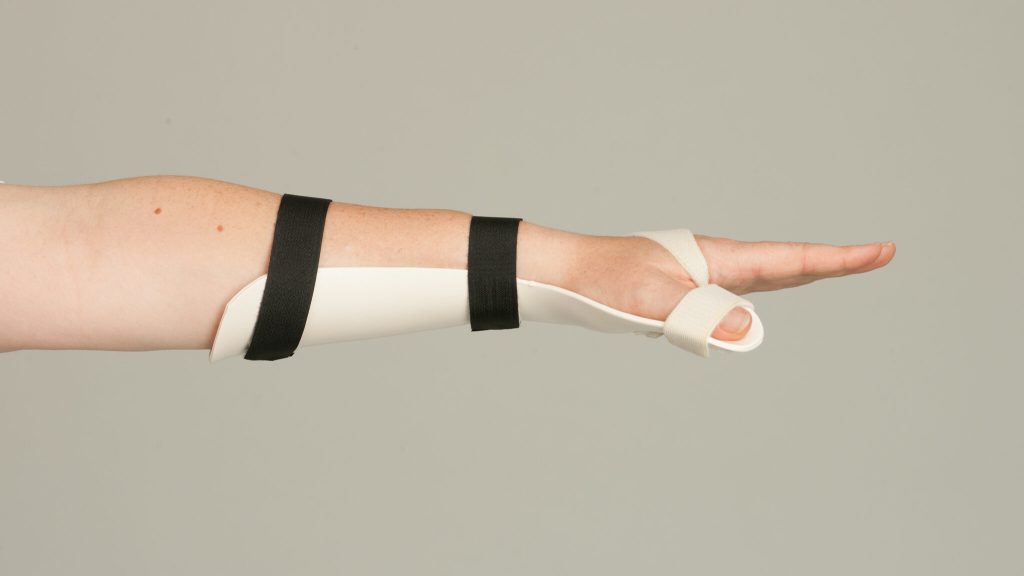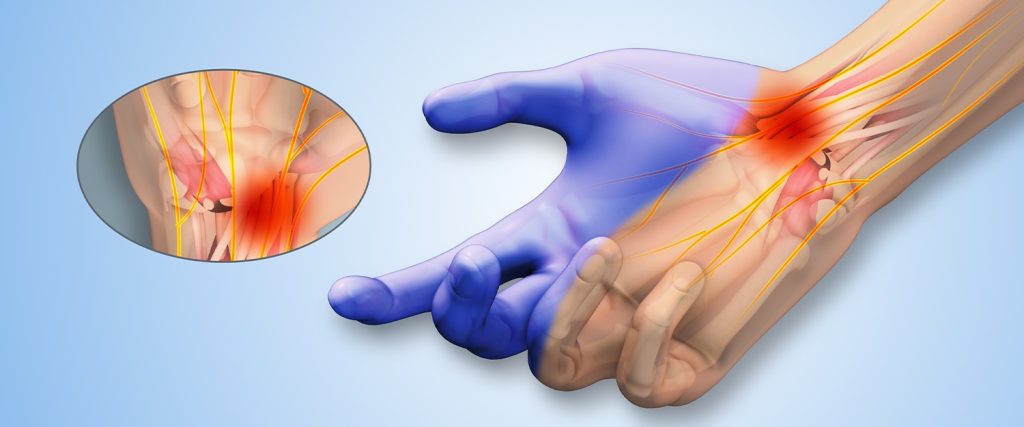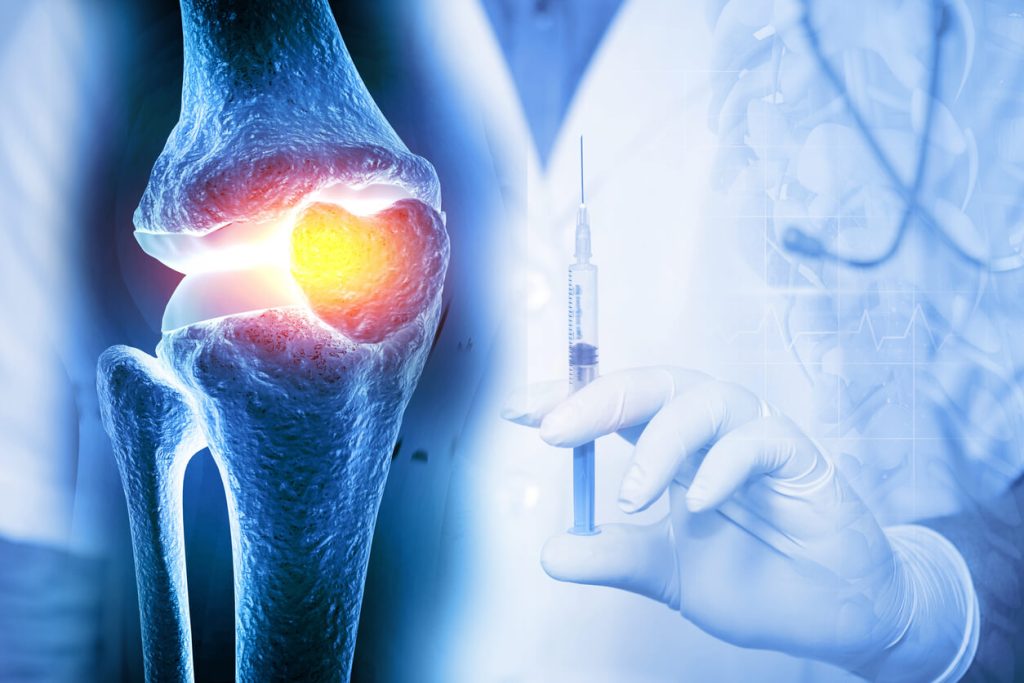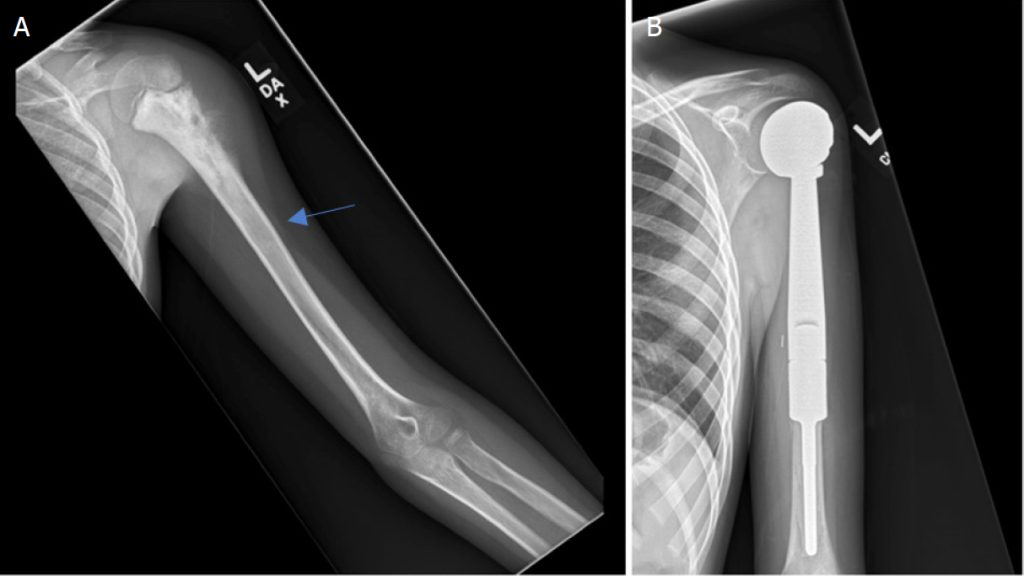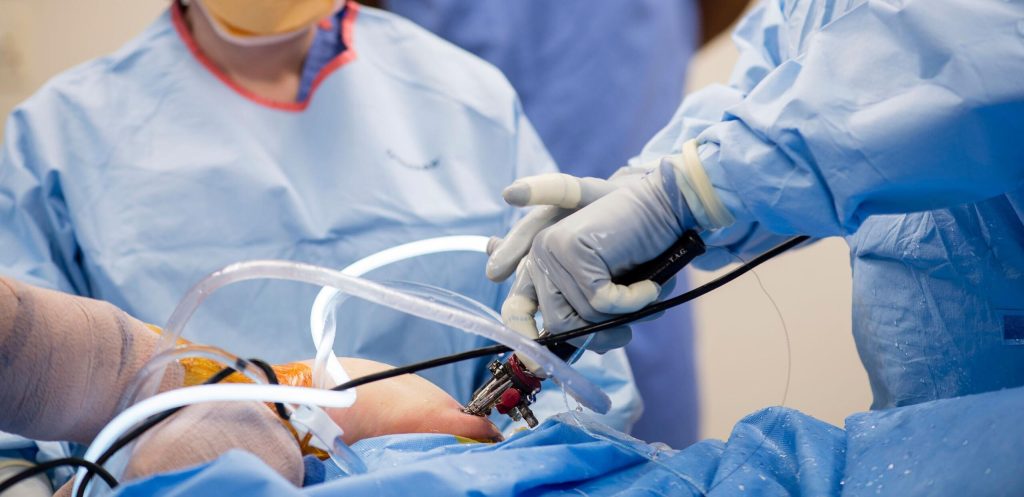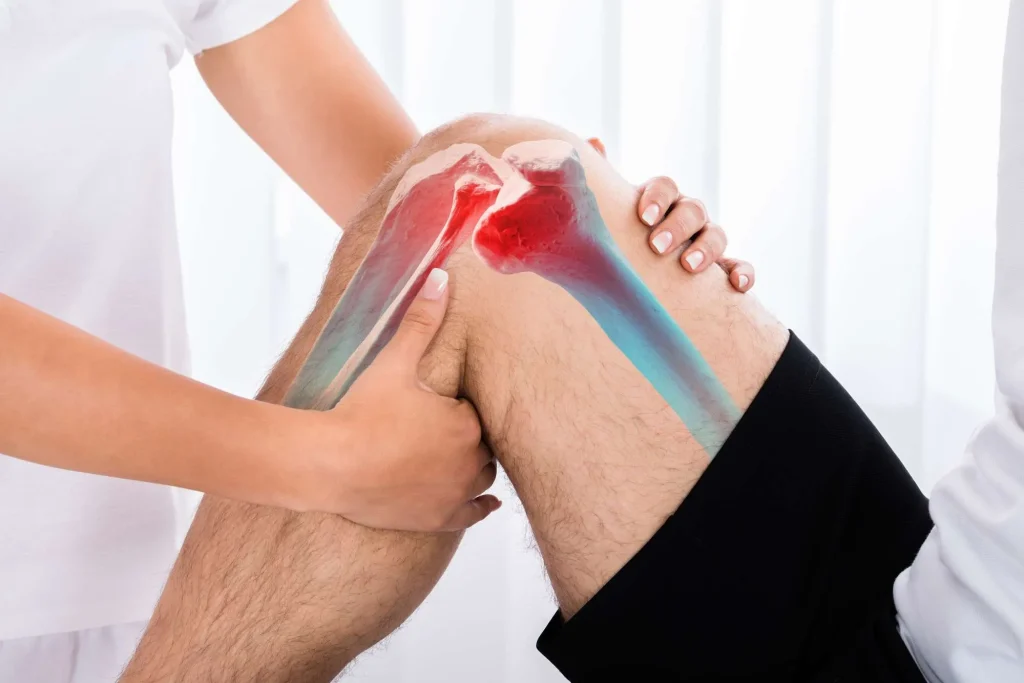Tendon Injuries and Surgical Repair Options
Many people first realize the seriousness of a tendon injury when a sudden sharp pain interrupts a simple daily movement, and the lingering weakness or swelling that follows forces them to wonder how such a small structure can influence strength, mobility, and long-term recovery so dramatically. What causes tendon injuries? Tendon injuries often occur when…
Read more

